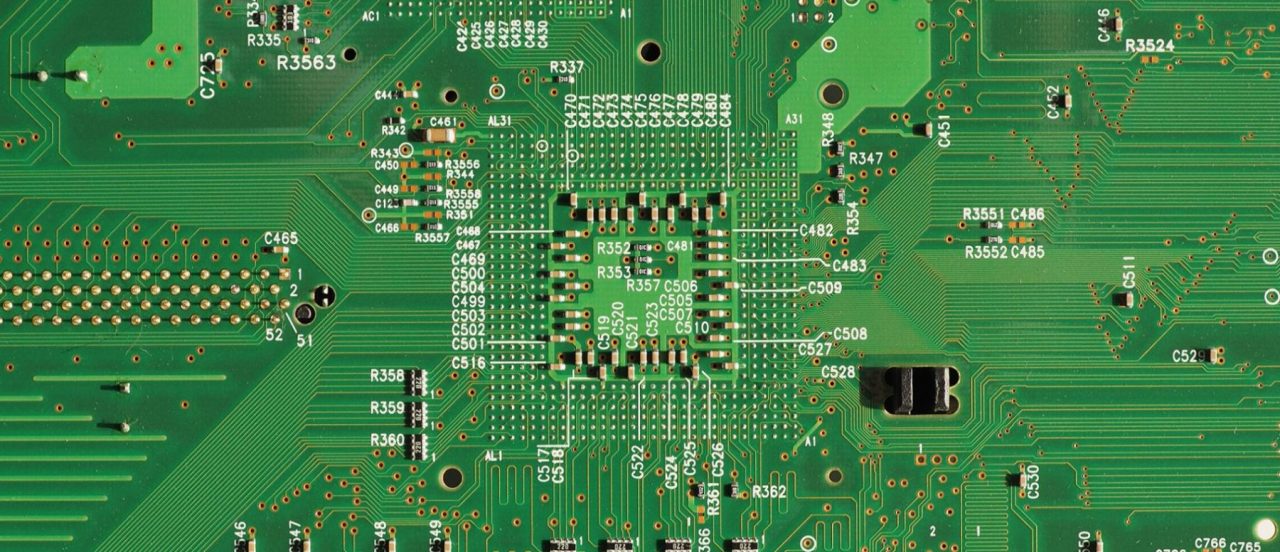Judges can be too demanding of plaintiffs and thereby stymie meritorious cases, but that is not what happened in FTC v. Qualcomm. The FTC challenged several of Qualcomm’s patent licensing practices and sought to reduce the royalties it collected from makers of cellular devices. But the litigation failed to elicit a cogent economic theory explaining how the tactics Qualcomm used to obtain higher royalties had the effect of undermining competition among modem chip suppliers, as the FTC alleged. The Ninth Circuit kept antitrust out of matters dealt with by contract and patent law. If the Democrats are swept into power, courts might find it necessary to keep antitrust out of all sorts of matters.
By Gregory J. Werden1
The majority staff of the House Subcommittee on Antitrust, Commercial and Administrative Law recently published detailed allegations of anticompetitive conduct against four tech giants — Amazon, Apple, Facebook, and Google.2 The antitrust cognoscenti might be reminded of the 50th Congress, when the House Committee on Manufacturers published hearings on four industrial giants — the Cotton Bagging Trust, the Standard Oil Trust, the Sugar Trust, and the Whisky Trust. Senator John Sherman followed up with his anti-trust bill on the first day of next Congress, and after extensive revision, the Sherman Act became law on July 2, 1890.3
Many of the reforms suggested by the majority staff would be difficult to legislate, and no bill will be ready when t
...THIS ARTICLE IS NOT AVAILABLE FOR IP ADDRESS 216.73.216.23
Please verify email or join us
to access premium content!

